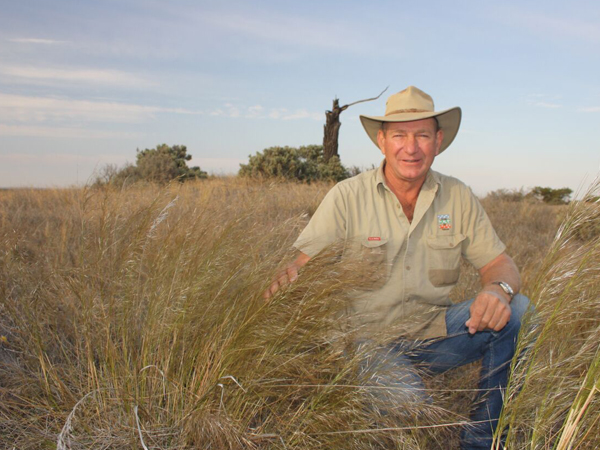Wild rabbits: Working together to get results
By Lauren Hull, Victorian Rabbit Action Network
A quiet evolution has been underway in Victoria, in a concerted effort to improve the management one of Australia’s most invasive animals: the European rabbit. Rabbits don’t stop at fences –sustainable control is only possible when individuals, communities, and government agencies work together.
This marks a major change from business as usual. But for the Victorian Rabbit Action Network (VRAN), the group supporting the evolution, it’s a shift in mindset that is key to ending the rabbit’s influence over our landscape. Funded by the Invasive Animals Cooperative Research Centre and Agriculture Victoria, VRAN encourages landowners, community groups and government agencies to co-design integrated rabbit control programs. This collaborative approach draws upon a diverse range of knowledge, particularly from those at the coalface of managing rabbits.
It’s been more than 60 years since rabbit populations in Australia peaked at 10 billion. Since then, a range of control methods have been employed in efforts to bring numbers down. Although the rabbit population is no longer at the that extreme level, they are still the unwanted architect of the landscape, causing havoc across farms, deserts, grasslands and coastal plains, and threatening over 300 native species of flora and fauna. They also cost $200 million per year in lost agricultural production.

Peter Barnes at Neds Corner Station, Victoria.
One of the VRAN programs is a learning and mentoring network, which has taught trainees about everything from best practice rabbit control to building effective working relationships. Its emphasis is on building the capacity of trainees to both manage their landscape and influence their communities.
Its impact is obvious for Peter Barnes, manager at the Trust for Nature’s 30,000-hectare Neds Corner Station in Victoria’s north west. He is a member of the learning network and has a lifetime of experience in managing rabbits.
“Through the learning network I’ve been able to share and gain knowledge around not only rabbit management, but the people that manage pests,” Peter said.
“At Neds Corner we have been very successful in controlling rabbits at low numbers, and now with the learning network I have become better at managing the people that control rabbits.”
The learning network brings together people from a wide variety of groups involved in rabbit control, including Landcare, local government and compliance. The group’s strength, says Peter, is in members’ diversity of experiences and skills.
“It’s allowing us to continually refine, update and solve issues around best practice rabbit management and build a better attitude about rabbit control throughout the broader community,” said Peter.
Other VRAN initiatives include grants to support community-led learning and rabbit action, and a national rabbit conference to share community knowledge and the latest research. Together with the learning network, each program is building a growing network of people focused on a community-wide approach to rabbit control. People working at all levels of the rabbit control system are looking at ways to better engage local people, and knowledge that was once owned by a diminishing number of rabbit experts is now being shared across the community.
Andrew Woolnough, from the Victorian Government’s invasive species policy unit, sees the shift as vital for effective pest management.
“Established pest animals and weeds are problems that simply will not go away. A new approach to how they are collectively managed is needed. Empowering those impacted by the pests to take action is the key to success,” Andrew said.
For more information visit www.rabbitaction.com.
Michael Reid, Peter Barnes, Paul Dennis and Andrew Woolnough contributed to this article.



